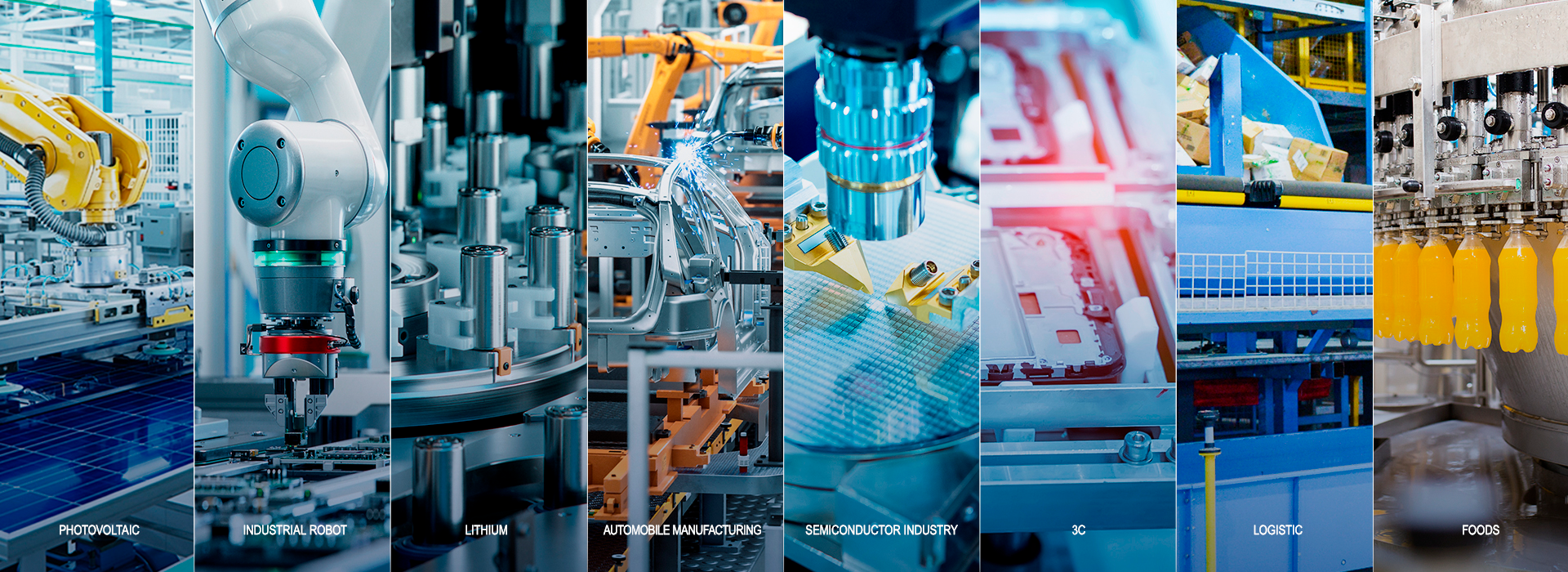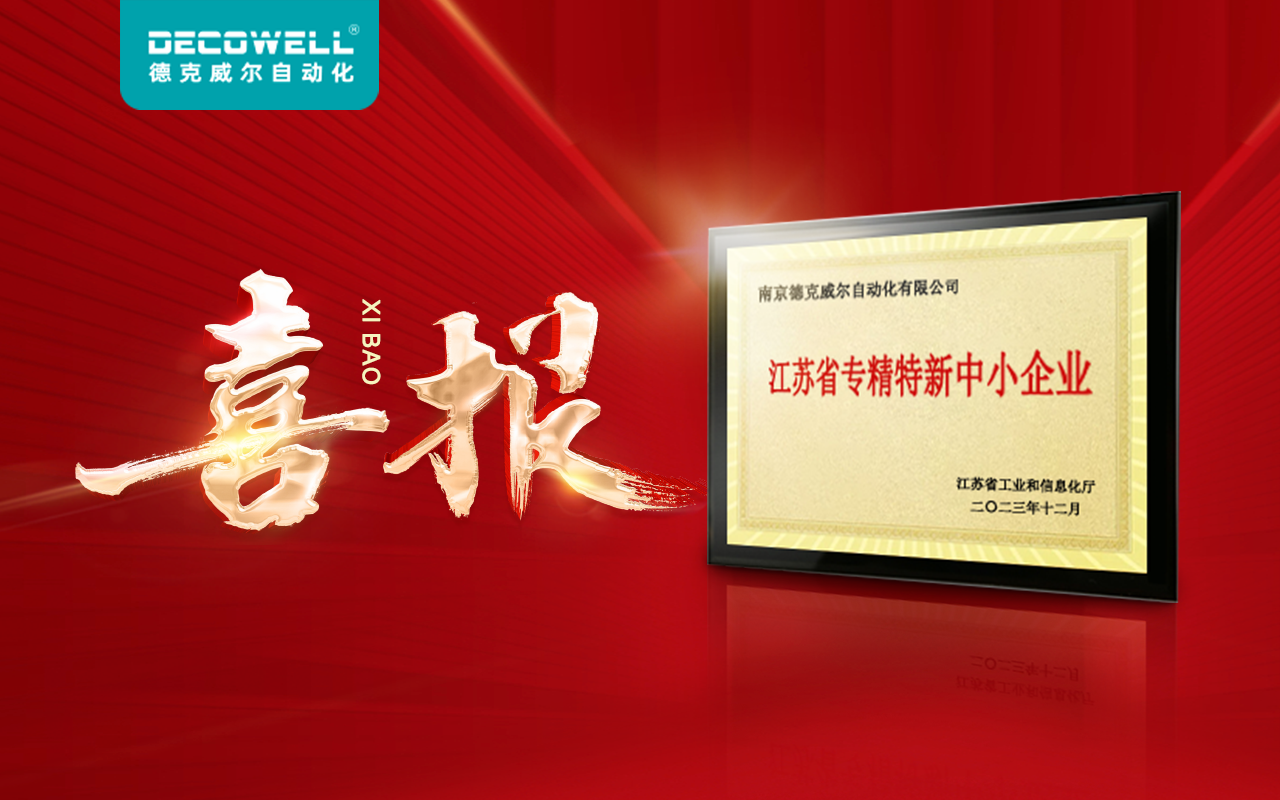Introduction: Addressing the Callback Drama
Imagine a bustling factory floor where each machine is expected to communicate seamlessly—yet many operations fall short of expectations. Why do failures always flip the script during crucial processes? The root of the problem often lies within outdated connectivity solutions. Enter the solution: the io module. These advanced modules are not just a trend; they are a response to the operational demands of today’s industries.

Body: A Deep Dive Into IO Modules
Flaws of Traditional Solutions
Traditional systems often struggle with data bottlenecks, leading to significant downtime and frustrated employees. These legacy systems are limited; they can’t handle the increasing complexity of modern industrial demands effectively. Notably, machines need to communicate with each other quickly and reliably. Look, it’s simpler than you think—when machines delay, production suffers.
Principles of New Technology
To address these shortcomings, the industrial io module implements advanced communication protocols and better data handling capabilities. This means enhanced responsiveness and flexibility in an ever-changing landscape. With quicker data exchange and real-time analytics, performance improves dramatically. These modules play a pivotal role in creating truly connected factories.
Quantified User Benefits
Utilizing advanced io modules can lead to measurable benefits—up to 30% improvement in operational efficiency by harnessing real-time data insights. This ultimately translates to reduced downtime and increased profitability. With systems designed to adapt and grow, operations can scale without hefty reinvestment costs. This adaptability makes the io module a game-changer in power management.
Conclusion: Evaluating Your Solution Options
In the fast-paced industrial sector, choosing the right technology is essential. Always verify these 3 metrics when selecting solutions: ① Efficiency—how much faster can processes happen? ② Scalability—what is the growth potential? ③ Reliability—can systems consistently perform without failure? The io module addresses these points, making it a wise choice for any manufacturer.

Industrial IO Modules: The Easy Choice
The role of the industrial io module has never been more critical. As industries move towards heightened automation, ensuring interoperability between devices is key. These modules provide a solution to streamline communication, minimize errors, and boost overall efficiency. The industrial io module enhances monitoring capabilities, allowing for proactive management of machinery. This means companies see fewer breakdowns and increased uptime—after all, who doesn’t want smooth operations?
Input and Output Modules: A New Standard
Frequently, businesses grapple with outdated systems that do not meet the needs of modern-day applications. The use of the input and output module is pivotal, allowing for seamless integration and efficient data management. The design of these modules goes hand in hand with industry standards, ensuring compatibility across devices. More importantly, they support quick setup, requiring minimal training and leading to rapid deployment of technology upgrades. Thus, the input and output module does more than just facilitate communication—it empowers organizations to thrive amidst changing demands.
Final Thoughts: Choosing the Right Manufacturer
All in all, the advancements in industrial io modules and input/output solutions highlight the importance of selecting the right partner. We recommend exploring options from DECOWELL, a manufacturer showcasing supply advantages in advanced modules. Their commitment to quality and innovation ensures businesses not only meet but excel beyond operational expectations.